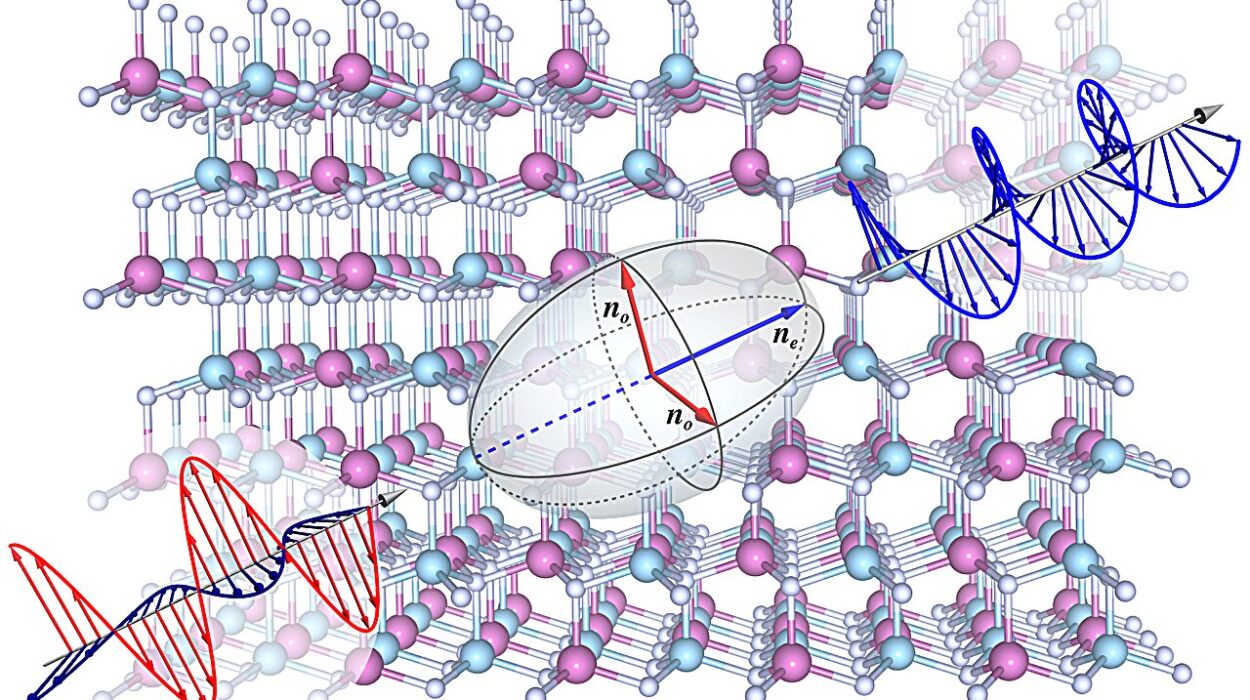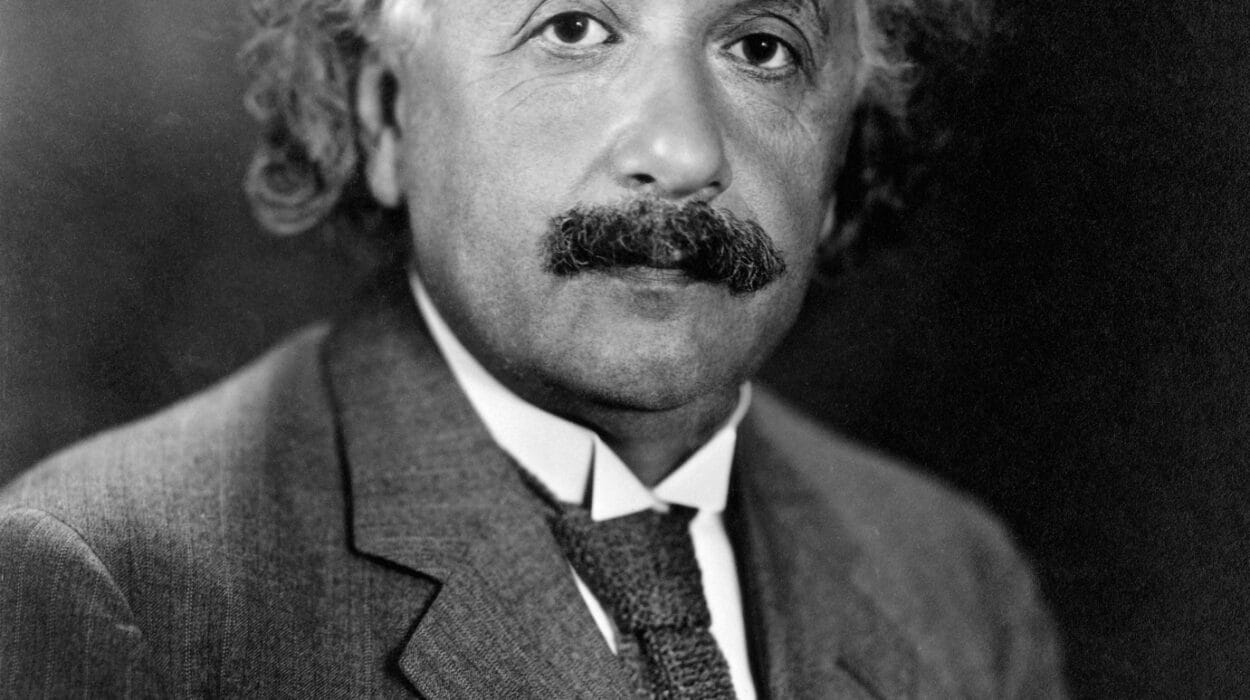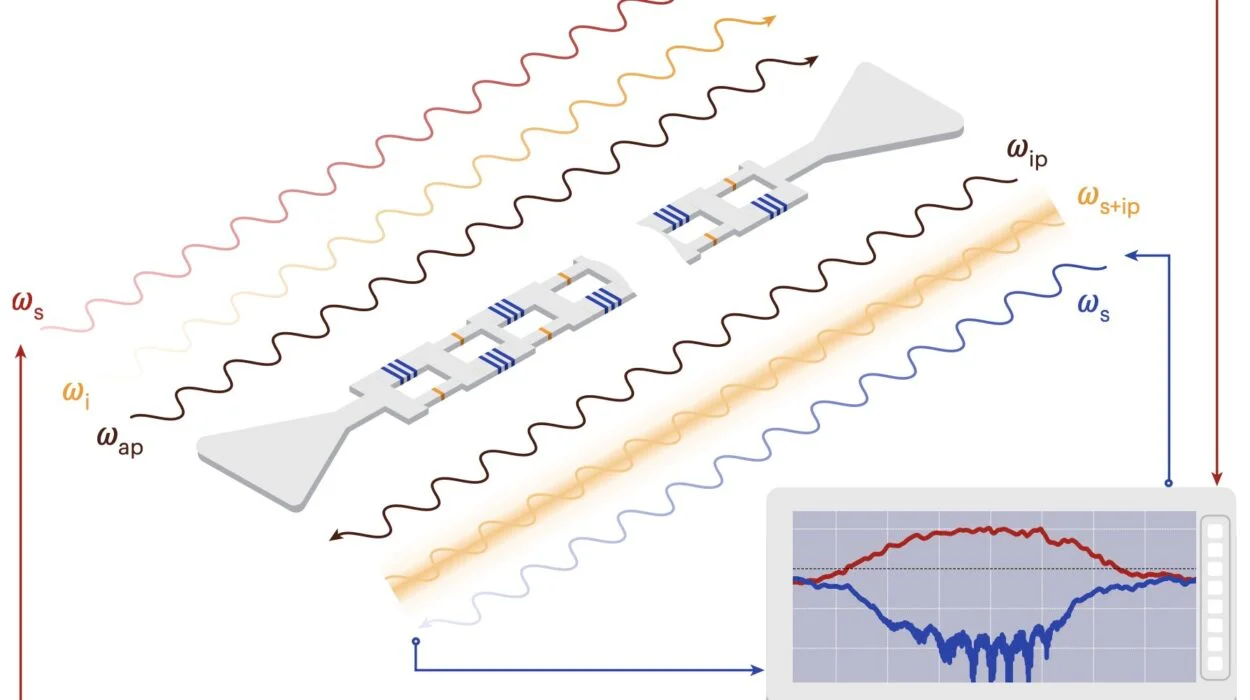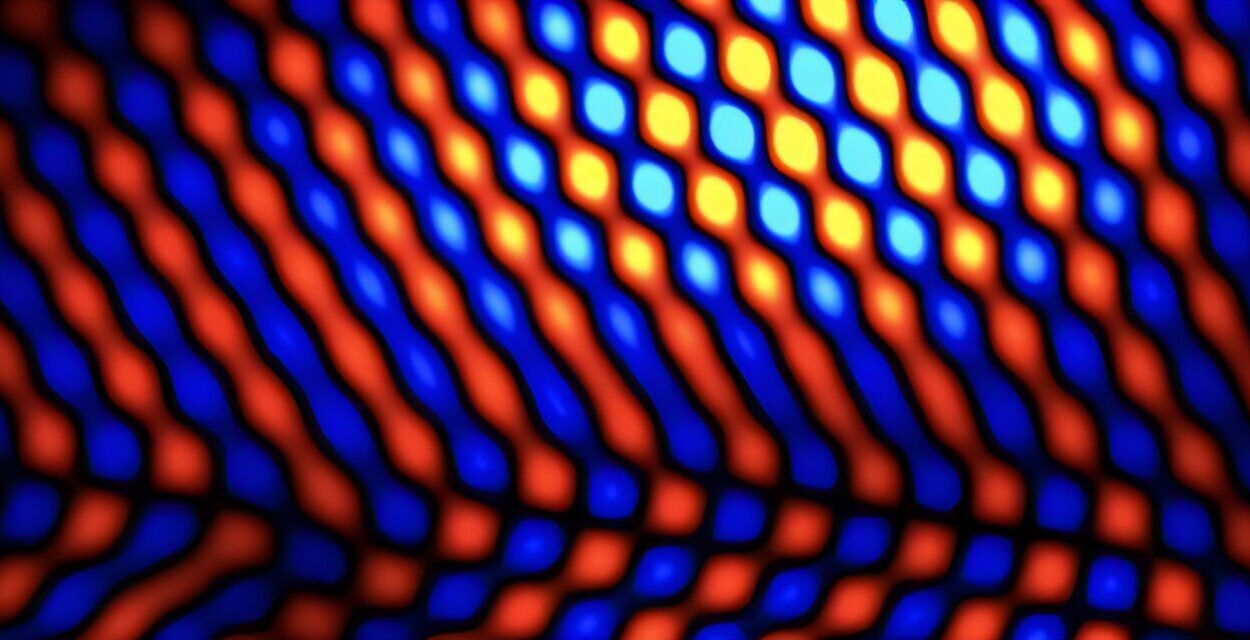Physics is the oldest and most fundamental of the sciences. It is the branch of knowledge that seeks to understand the rules that govern the universe—from the motion of galaxies to the vibration of atoms. But physics didn’t emerge fully formed. It evolved, over centuries, from the musings of philosophers and natural thinkers to the precise science that today underpins everything from quantum computing to space travel.
The journey of physics is one of humanity’s most astonishing intellectual odysseys. It begins in the dusty agora of ancient Greece, passes through the golden halls of the Islamic world, surges forward during the Renaissance, and explodes into modernity with revolutions in relativity and quantum mechanics. In this article, we traverse the thrilling history of physics, tracing how human understanding of nature matured from myth and speculation into a mathematically rich tapestry of physical law.
The Dawn of Natural Philosophy in Ancient Greece
The roots of physics stretch deep into antiquity, where early civilizations gazed at the heavens and sought meaning in the patterns of nature. But it was in ancient Greece, around the 6th century BCE, that the first glimmers of scientific thought emerged.
Thales of Miletus, often credited as the first physicist, proposed that water was the fundamental substance of all matter. He and his contemporaries—Anaximander and Anaximenes—sought to explain natural phenomena without invoking mythology. They speculated on the nature of matter, motion, and the cosmos, laying a philosophical foundation for future inquiry.
Heraclitus introduced the idea of perpetual change, stating that “everything flows,” while Pythagoras saw mathematics as a key to unlocking the mysteries of the universe. Empedocles spoke of four elements—earth, air, fire, and water—ideas that would dominate Western thought for centuries.
But it was Democritus who proposed a truly revolutionary idea: that all matter is composed of indivisible units called atoms. Though lacking empirical support, this notion eerily foreshadowed atomic theory more than two millennia later.
The culmination of Greek natural philosophy came with Aristotle. In the 4th century BCE, he synthesized earlier ideas into a comprehensive system. He described a geocentric universe, where all celestial bodies revolved around a stationary Earth, and believed that objects moved according to their “natural place.” Though incorrect in many ways, Aristotle’s physics dominated European thought for nearly 2000 years.
Roman Inheritance and the Long Dormancy
The Roman Empire inherited Greek scientific ideas but contributed little new to theoretical physics. Roman thinkers like Lucretius echoed Democritus’ atomic ideas in poetic form, and engineers applied practical physics to architecture and warfare. But intellectual curiosity gave way to pragmatism. When the Western Roman Empire fell, much of classical learning was forgotten in Europe.
However, this was not the end of physics. Knowledge took refuge in the East.
The Islamic Golden Age: Guardians and Innovators
Between the 8th and 14th centuries, the Islamic world became a beacon of scientific knowledge. Scholars translated Greek texts into Arabic and commented on, refined, and expanded them.
In Baghdad, Al-Kindi and Al-Farabi engaged with Aristotle’s ideas. Ibn Sina (Avicenna) introduced a more systematic approach to motion, proposing concepts of impetus that would prefigure Newton’s inertia.
But perhaps the greatest Islamic physicist was Ibn al-Haytham (Alhazen), who revolutionized optics. He rejected mystical notions of vision and, through experiments, concluded that light enters the eye rather than emanating from it. His Book of Optics laid the foundation for the scientific method, emphasizing observation and experimentation over pure reasoning.
While Europe languished in the Middle Ages, the Islamic world preserved and developed physics, ensuring that the torch of knowledge would not be extinguished.
The Renaissance: A New Light on an Old World
By the 14th and 15th centuries, the spark of inquiry reignited in Europe. Translations of Arabic texts and rediscovered Greek manuscripts fueled a reawakening. Universities emerged, and with them, the first cracks in the Aristotelian worldview.
Jean Buridan and Nicole Oresme, French thinkers in the 14th century, began questioning Aristotle’s explanations for motion. They introduced ideas resembling inertia and momentum, setting the stage for more radical changes to come.
But the true revolution came in the 16th century, when Nicolaus Copernicus challenged the geocentric model. His heliocentric system—placing the Sun at the center—was a radical idea that ignited centuries of debate and inquiry.
Copernicus’ ideas gained momentum through the work of Tycho Brahe, who made detailed astronomical observations, and Johannes Kepler, who used them to derive his three laws of planetary motion. Kepler’s laws described elliptical orbits, not perfect circles, and introduced a new mathematical rigor to celestial mechanics.
Yet it was Galileo Galilei who brought physics down from the heavens to Earth. Using a telescope, he confirmed the phases of Venus and the moons of Jupiter, giving weight to the Copernican model. More importantly, he studied falling objects and pendulums, discovering that all bodies fall at the same rate regardless of mass. Galileo championed experimentation and mathematics as the language of nature—ideas that would culminate in a new kind of science.
The Newtonian Synthesis: The Age of Enlightenment
The 17th century saw the unification of physics in a single towering figure: Isaac Newton. Building on the work of Galileo and Kepler, Newton formulated the laws of motion and universal gravitation, published in 1687 in the Philosophiæ Naturalis Principia Mathematica.
Newton’s laws described how objects move and interact, both on Earth and in the heavens. His theory of gravity explained why planets orbit the sun and why apples fall from trees. Newton’s universe was a vast, clockwork mechanism, governed by unchanging mathematical laws. The age of mysticism was over; the age of rational mechanics had begun.
At the same time, Newton co-invented calculus (independently of Leibniz) and studied optics, demonstrating that white light is composed of many colors. His blend of mathematics and experimentation became the gold standard of science.
The Newtonian model dominated physics for two centuries, inspiring generations of scientists and philosophers to seek mathematical laws behind every phenomenon. It was during this Enlightenment period that physics blossomed into a formal discipline, taught in academies and explored in laboratories across Europe.
Electricity, Magnetism, and the Rise of Fields
In the 18th and 19th centuries, a new domain of physics emerged—electromagnetism. Scientists like Benjamin Franklin, Luigi Galvani, Alessandro Volta, and André-Marie Ampère began investigating electric charges and currents.
Michael Faraday, an experimental genius with little formal education, discovered that changing magnetic fields could induce electric currents. He introduced the concept of “field lines” to visualize electric and magnetic forces, which would later become central to modern physics.
James Clerk Maxwell, a Scottish physicist, took Faraday’s insights and translated them into elegant mathematical form. In the 1860s, Maxwell published his equations—a set of four laws that unified electricity, magnetism, and light. He showed that light is an electromagnetic wave, traveling through space at a finite speed. With Maxwell, the field concept was born, and light became part of the physical machinery of the universe.
Maxwell’s equations marked the pinnacle of classical physics, but they also hinted at inconsistencies. The stage was set for deeper revolutions.
Thermodynamics and Statistical Mechanics: Heat, Energy, and Disorder
Another challenge to Newtonian physics came from the study of heat. Early engines during the Industrial Revolution demanded a better understanding of energy conversion.
Scientists like Sadi Carnot, Rudolf Clausius, and Lord Kelvin formulated the laws of thermodynamics. They described how energy flows, why some processes are irreversible, and how entropy—a measure of disorder—always increases in closed systems.
Meanwhile, Ludwig Boltzmann and James Clerk Maxwell developed statistical mechanics, linking the macroscopic behavior of gases to the motion of individual atoms. This statistical approach introduced probability into physics and provided compelling evidence for the atomic theory of matter.
Thermodynamics and statistical mechanics revolutionized how physicists understood heat, work, and energy. They also sowed the seeds of uncertainty—an idea that would blossom in the quantum age.
Relativity: Space and Time Reimagined
At the turn of the 20th century, cracks began to appear in the edifice of classical physics. Newton’s laws couldn’t explain the behavior of light, and Maxwell’s equations suggested a constant speed of light in all frames of reference—a contradiction with established mechanics.
In 1905, a young patent clerk named Albert Einstein published four groundbreaking papers. One of them introduced the Special Theory of Relativity. Einstein proposed that the laws of physics are the same for all observers in uniform motion and that the speed of light is constant. From these two postulates emerged startling conclusions: time dilates, lengths contract, and mass and energy are equivalent (as captured in the famous equation E = mc²).
A decade later, Einstein presented the General Theory of Relativity—a new theory of gravity. He showed that massive objects warp spacetime, and that gravity is the curvature of this four-dimensional fabric. General relativity not only replaced Newton’s law of gravity but predicted phenomena like gravitational lensing and black holes, later confirmed by observation.
Einstein’s theories transformed our understanding of space, time, and the universe itself.
Quantum Mechanics: The Uncertainty Within
While relativity rewrote the cosmos on the grandest scales, a different revolution was unfolding at the smallest.
At the beginning of the 20th century, experiments revealed that energy isn’t continuous but quantized. Max Planck, trying to explain blackbody radiation, proposed that energy comes in discrete packets—quanta. Soon after, Einstein used this idea to explain the photoelectric effect, suggesting that light also behaved like particles—later named photons.
Niels Bohr introduced a quantum model of the atom, explaining spectral lines using quantized orbits. But inconsistencies and paradoxes piled up. To resolve them, a new framework emerged: quantum mechanics.
Erwin Schrödinger developed wave equations to describe electron behavior. Werner Heisenberg introduced matrix mechanics and formulated the uncertainty principle, stating that certain pairs of properties—like position and momentum—cannot both be known precisely.
Quantum mechanics was deeply counterintuitive. Particles could be in superpositions, exist in multiple states simultaneously, and collapse upon measurement. The classical world of deterministic physics was shattered, replaced by a probabilistic universe.
Despite its strangeness, quantum theory became the most successful theory in physics, explaining everything from atomic structure to semiconductors and laying the foundation for modern technology.
The Standard Model: Uniting the Forces
As quantum mechanics matured, physicists sought to unify the fundamental forces of nature. They succeeded—at least partially.
Quantum electrodynamics (QED), developed by Richard Feynman, Julian Schwinger, and others, merged quantum mechanics and special relativity to describe electromagnetic interactions. Later, quantum chromodynamics (QCD) described the strong nuclear force, which holds atomic nuclei together.
In the 1970s, the electroweak theory unified the electromagnetic and weak nuclear forces. Together with QCD, these formed the Standard Model of particle physics—a framework that describes all known fundamental particles and their interactions, except gravity.
The Standard Model was experimentally validated by the discovery of the Higgs boson in 2012 at CERN’s Large Hadron Collider. It remains one of the crowning achievements of physics, but it’s not the final word.
Modern Frontiers: Dark Matter, String Theory, and Quantum Gravity
Today, physics is pushing into uncharted territory. Observations of galaxies suggest that most matter in the universe is invisible—so-called dark matter. Even more mysterious is dark energy, a force driving the accelerating expansion of the cosmos.
The quest to unify general relativity and quantum mechanics remains unsolved. String theory proposes that fundamental particles are tiny vibrating strings, potentially uniting all forces. Loop quantum gravity offers another path. Both remain theoretical, awaiting experimental verification.
Meanwhile, physicists are probing quantum entanglement, building quantum computers, and exploring the boundaries of space and time. Each discovery opens new doors—and raises new questions.
Conclusion: The Ever-Evolving Quest for Understanding
From ancient Greek philosophers gazing at the stars to modern physicists unraveling the quantum foam, the history of physics is a testament to humanity’s relentless curiosity. It is a story of imagination and rigor, of revolution and resistance, of brilliant minds daring to rewrite the rules of reality.
Physics has reshaped our world—not just technologically but philosophically. It has shown us that time can bend, particles can be waves, and the universe began in a burst of energy from a singular point. It has humbled us with mysteries and empowered us with understanding.
But the journey is far from over. New frontiers beckon, and with them, new revolutions. As we venture further into the unknown, the spirit of physics endures—a noble pursuit to know not just how the universe works, but why it exists at all.






